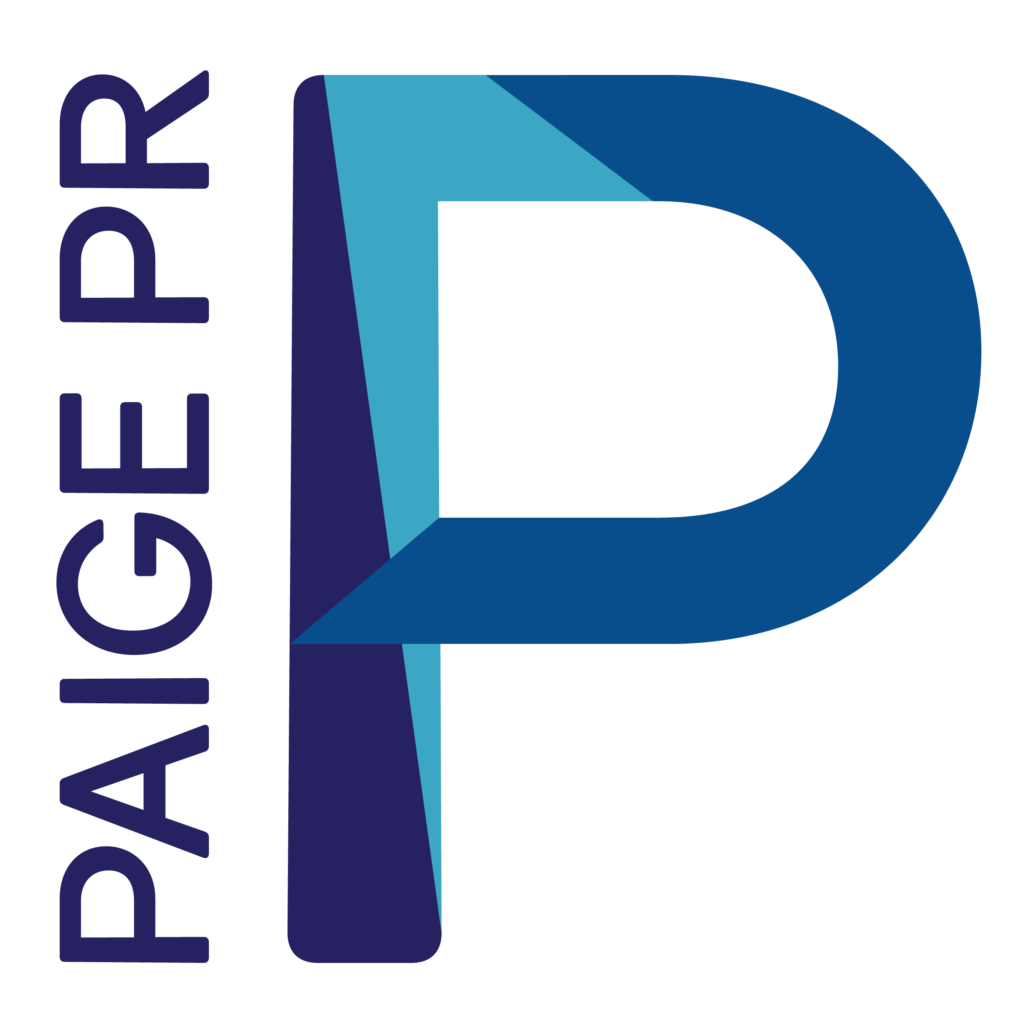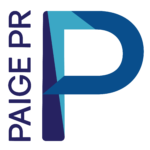LET'S GET CONNECTED!
Never miss a blog post from Paige PR! Our digital newsletter is packed full of actionable insights designed to inspire clear communication and real results to grow your business. Enter your info to subscribe!
Subscribe
75% Fear It, 8% Seek Help: Why Public Speaking Training Matters
I’ve received a few calls regarding presentation training over the last few months and I wanted to call out a few important details. These points also hold validity for media training as well.
Earlier this year, Cross River Therapy shared updated statistics on public speaking and the numbers show just how common this challenge really is. Nearly 75% of people admit to feeling some level of fear when speaking in front of others – that’s more than 200 million individuals. In the U.S. alone, about 40 million adults experience anxiety tied directly to public speaking. And even beyond fear, almost 90% of people say they feel at least some shyness when addressing an audience.
Without question, there’s a general fear of public speaking. Unfortunately, research shows only 8% of individuals with public speaking fears will seek professional help despite the documented negative impact it has on career and wages, with some studies showing the inability to speak in public negatively impacts wages by 15%.
Presentation & Media Training
Professionals cite that preparation helps calm nerves, which is no surprise. So why don’t executives and companies focus more heavily on preparing its employees for public speaking?
Presentation and media training builds credibility and influence among peers and industry stakeholders. If you’re an expert in a certain field, look for ways to amplify your expertise, whether through webinars, podcasts, zooms, or on stage. Practice on different platforms only helps to refine your skills.
Promote your public speaking opportunities to other leadership, which provides more visibility and more consideration into higher roles within companies. Showcasing leadership potential by speaking on topics can only help fast track your career.
Practice and hone your communication skills! Studies show that 18 minutes is the sweet spot for public speaking, so practice nailing your messaging and delivering a great presentation. Humor and anecdotal stories typically correlate with peak attention levels, so remember that audience members are more likely to pay attention when you’re not reading notes off a PowerPoint.
And finally, a few key points of why training and preparation is essential. First impressions last. The first 27 seconds of your presentation are the most crucial when you make a first impression with your audience. 46% of presenters feel that the most difficult part of creating a successful presentation is crafting a compelling story, so spend time focusing on what your message needs to be. How will you personalize the message so that it resonates with this particular audience?
According to audience feedback, 55% of presenters say a compelling story is what most captures their attention. But remember, in public speaking, only 7% of your impact comes from words alone; 36% comes from your voice, and a striking 57% from nonverbal communication. Let that sink in—more than half of your effectiveness comes from body language. When you believe in your message, your body naturally reinforces it.
To truly shine, focus on the 3 Cs: Content, Clarity and Charisma. Pair the right story with strong delivery, and you’ll not only win over your audience – you’ll stand out to your industry and your C-suite.


